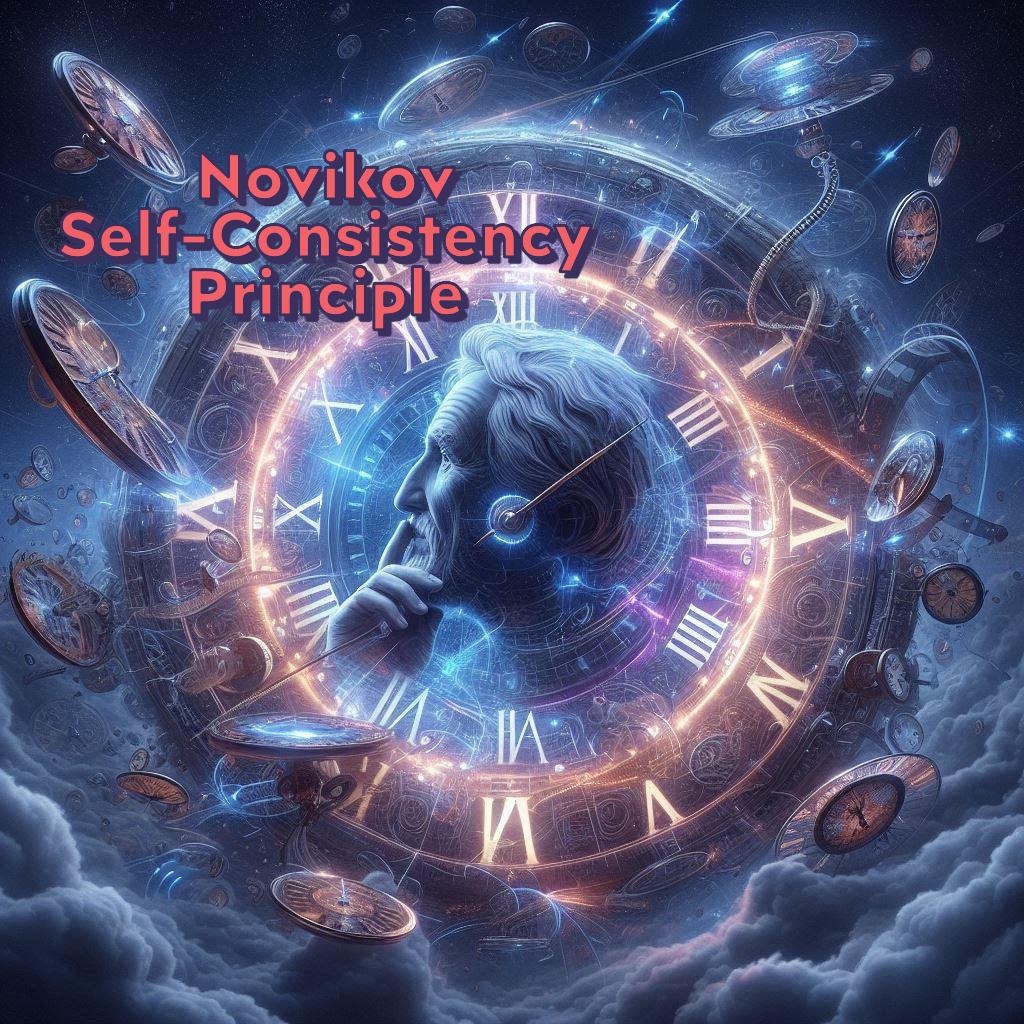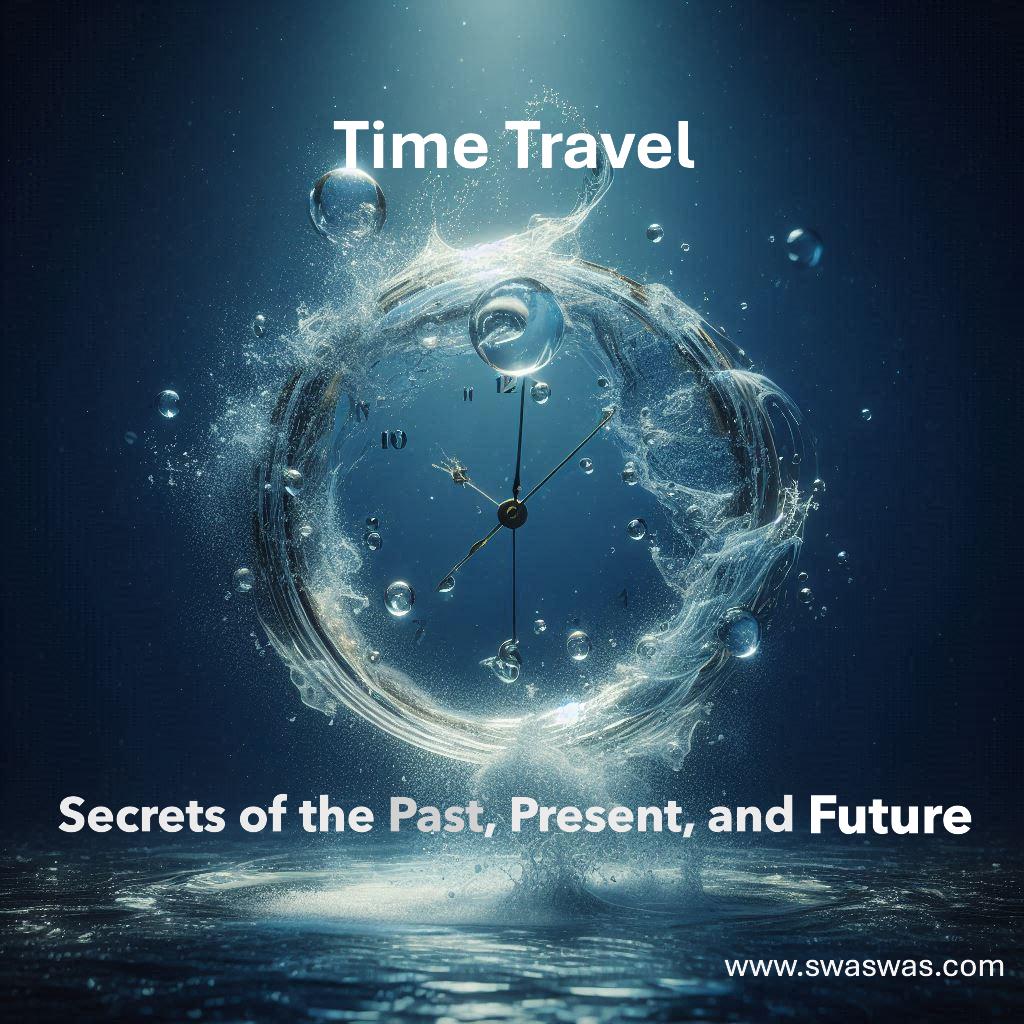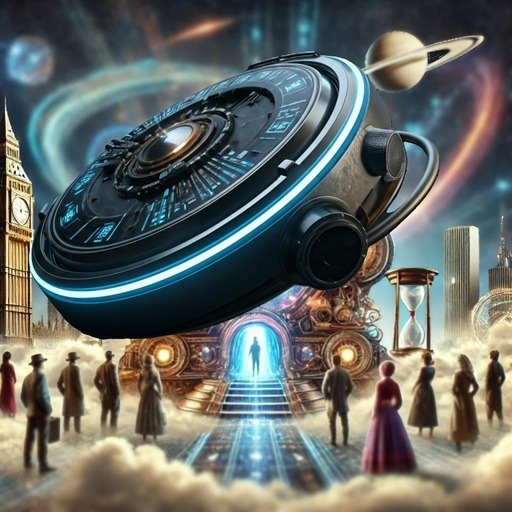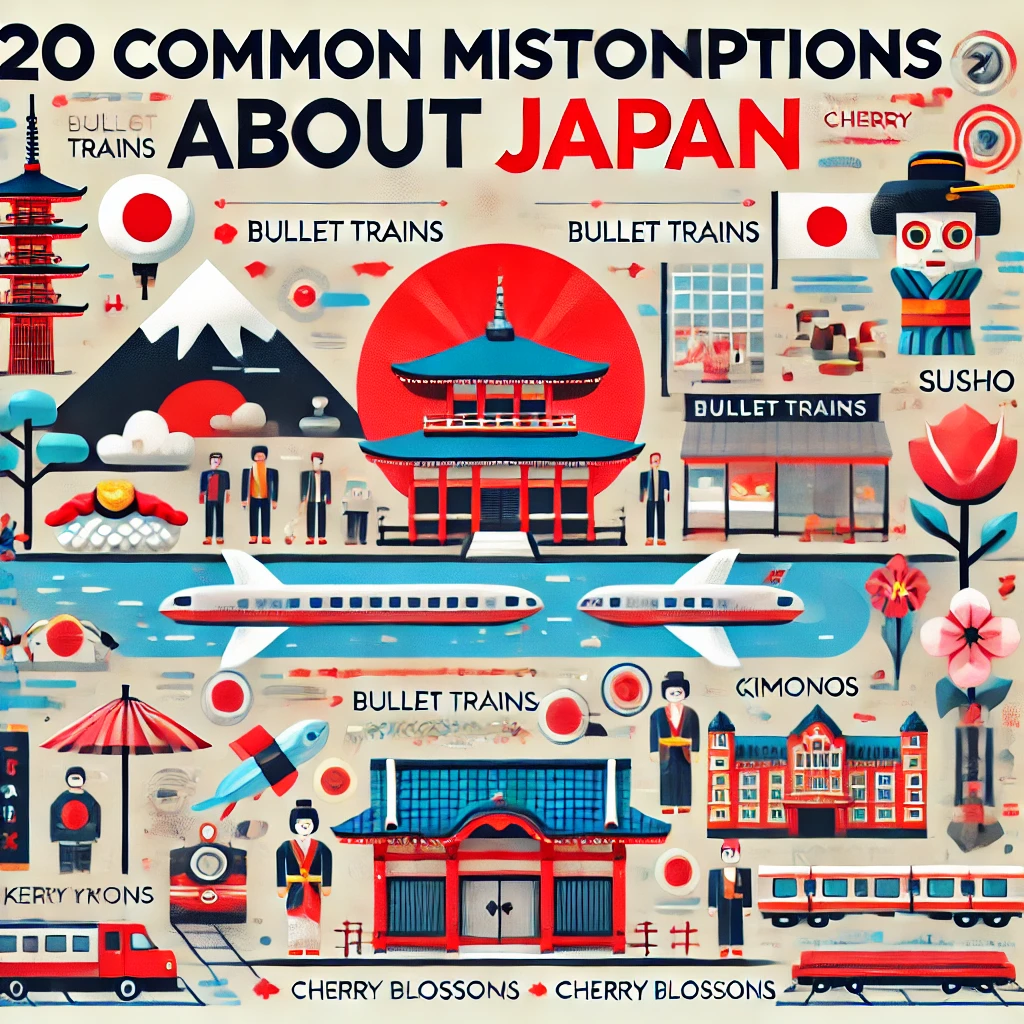Ever wondered why time travel movies make your head spin? You’re not alone! While time travel remains firmly in the realm of science fiction, understanding its basic concepts can help you appreciate everything from “Back to the Future” to serious scientific discussions about the nature of our universe. Let’s break down the complex world of time travel terminology into bite-sized pieces that anyone can understand.
Key Concepts of Time Travel Terminology
| Term | Description |
|---|---|
| Absolute Space | Newton’s idea of fixed space where object lengths are motion-independent. |
| Absolute Time | Newton’s view of universal time with agreed simultaneity of events. |
| Chronology Protection | Hawking’s conjecture that time machines are not allowed by physics. |
| Curvature of Spacetime | Deviation from Euclidean geometry, where parallel lines can intersect. |
| Event | A point in spacetime or an occurrence at a specific time and place. |
| Exotic Material | Material with negative energy density, observable at near-light speeds. |
| Field | A smoothly distributed entity, e.g., electric or magnetic fields. |
| Freely Falling Object | An object influenced only by gravity. |
| General Relativity | Einstein’s theory describing gravity via spacetime curvature. |
| Geodesic | The straightest path in curved spacetime, like great circles on Earth. |
| Gravitational Time Dilation | Time slows down near massive objects. |
| Gravitational Wave | A ripple in spacetime traveling at light speed. |
| Hyperspace | Imaginary flat space embedding curved space. |
| Mouth | The entrance to a wormhole. |
| Newtonian Physics | Laws based on Newton’s absolute space and time concepts. |
| Perturbation | A small distortion of an object or spacetime. |
| Planck-Wheeler Length | The smallest scale where space becomes quantum foam. |
| Speed of Light Principle | Einstein’s assertion that light speed is constant in all inertial frames. |
| Quantum Foam | Probabilistic structure of space at Planck scales. |
| Quantum Gravity | Physics merging general relativity and quantum mechanics. |
| Quantum Mechanics | Physics governing the atomic and subatomic realms. |
| Reference Frame | A system for measuring physical phenomena, moving in a specific way. |
| Relative | Dependent on the observer’s frame of reference. |
| Simultaneity Breakdown | Events simultaneous in one frame may not be in another. |
| Singularity | A region where spacetime curvature becomes infinitely strong, requiring quantum gravity. |
| Spacetime | The unified four-dimensional continuum of space and time. |
| Spacetime Curvature | The bending of spacetime causing gravitational effects. |
| Spacetime Diagram | A chart plotting time and space to visualize events. |
| Special Relativity | Einstein’s theory without gravitational effects. |
| Tidal Gravity | Gravitational forces stretching objects unevenly. |
| Time Machine | A hypothetical device for backward time travel. |
| Time Reactor | A device manipulating spacetime curvature for energy or time rate control. |
| Time-Warped Field | A region where time flows faster or slower than outside it. |
| Warpage of Spacetime | Synonym for spacetime curvature. |
| World Line | The path of an object through spacetime. |
| Wormhole | A tunnel connecting distant points in the Universe. |
The Fundamentals: Newton vs. Einstein
Newton’s View of the Universe
Let’s start with how scientists used to think about space and time. Isaac Newton believed in two important concepts:
- “Absolute space”: Imagine a giant, invisible 3D grid extending throughout the universe. Newton thought this grid was fixed and unchanging, and the size of objects wouldn’t change no matter how they moved through it.
- “Absolute time”: Picture time as a universal clock that ticks the same way for everyone, everywhere. In Newton’s view, if two things happened at the same time in one place, they happened at the same time everywhere.
These ideas formed the basis of the “Newtonian laws of physics,” which dominated scientific thinking throughout the 19th century.
Einstein’s Revolution
Einstein came along and turned everything upside down with two groundbreaking theories:
- “Special relativity”: These are Einstein’s laws of physics when gravity isn’t involved. It introduced the mind-bending “principle of absoluteness of the speed of light” – the idea that light always travels at the same speed, no matter what.
- “General relativity”: This theory describes how gravity works by showing how space and time curve and bend.
Understanding Space and Time
Spacetime: The Cosmic Fabric
Instead of treating space and time as separate things, Einstein showed they’re actually woven together into “spacetime” – a four-dimensional fabric that can stretch, bend, and warp. This warping creates what we call “spacetime curvature” or “warpage of spacetime.”
Reference Frames and Relativity
Here’s where things get interesting:
- A “reference frame” is like a cosmic laboratory from which you make measurements
- Things can be “relative,” meaning they look different depending on your reference frame
- This leads to “simultaneity breakdown” – events that seem to happen at the same time from one perspective might happen at different times from another!
The Building Blocks of Time Travel Theory
Fields and Forces
A “field” is something that spreads smoothly through space, like:
- Electric fields
- Magnetic fields
- Gravitational waves (ripples in spacetime that move at light speed)
- Time-warped fields (areas where time moves faster or slower than normal)
Gravity’s Effect on Time
- “Gravitational time dilation” makes time flow slower near heavy objects
- “Tidal gravity” is what causes ocean tides on Earth, by stretching and squeezing space
- A “freely falling object” is anything affected only by gravity
- “Geodesics” are the straightest possible paths through curved spacetime
The Really Wild Stuff
- “Exotic material” has negative energy density (yes, negative energy is a thing!)
- A “time reactor” could theoretically harness energy from curved spacetime
- “World lines” show the paths objects take through spacetime
- “Spacetime diagrams” help visualize these paths by showing time going up and space going sideways
Portals and Pathways
Wormholes and Their Structure
- A wormhole is like a tunnel connecting distant parts of the universe
- Each end has a “mouth” (think of it like a portal entrance)
- They exist in “hyperspace” – a theoretical flat space where our curved universe can be mapped
The Quantum Realm
At incredibly tiny scales, things get weird:
- The “Planck-Wheeler length” (about 10^-33 centimeters) is where normal space breaks down
- Below this scale, you enter “quantum foam” – a bizarre, foamy structure of space itself
- “Quantum mechanics” governs the behavior of tiny things like atoms
- “Quantum gravity” tries to combine Einstein’s ideas with quantum mechanics
Singularities and Events
- A “singularity” is where spacetime curvature becomes infinite (like in black holes)
- An “event” is something that happens at a specific point in spacetime
- “Perturbations” are small distortions in the normal shape of space or objects
The Time Travel Question
Can We Actually Build Time Machines?
- A true “time machine” would create “closed timelike curves” – paths through time that loop back on themselves
- Stephen Hawking’s “chronology protection conjecture” suggests nature prevents time travel paradoxes
- A “time-warped field” could theoretically speed up or slow down time in a contained area
Practical Applications
While actual time travel remains theoretical, these concepts help us understand:
- GPS systems (which must account for time dilation)
- Black holes and their effects on spacetime
- The early universe and its evolution
- Modern physics experiments and observations like quantum physics
Looking to the Future
While time machines remain in the realm of science fiction, theoretical physicists and researchers are exploring fascinating possibilities that could revolutionize our understanding of time and space:
Theoretical Breakthroughs on the Horizon
- Time Crystals: Scientists are studying these strange forms of matter that repeat patterns in time rather than space, potentially offering new insights into time manipulation
- Quantum Teleportation Networks: While not time travel, quantum teleportation could revolutionize how we think about moving through spacetime
- Artificial Wormhole Research: Some physicists propose creating microscopic artificial wormholes using quantum entanglement, which could help us better understand how space and time are connected
- Dark Energy Manipulation: Understanding dark energy might reveal new ways to manipulate spacetime, potentially leading to time dilation control
Emerging Technologies
- Advanced Gravitational Wave Detectors: Next-generation detectors could help us understand how gravity warps time and potentially how to control these effects
- Quantum Time Mirrors: Theoretical devices that could reverse quantum states, offering insights into time reversal at the quantum level
- Space-Time Metamaterials: Engineered materials that could theoretically alter the flow of time within a localized field
- Closed Timelike Curve Simulators: Quantum computers might soon simulate closed timelike curves, helping us understand the paradoxes of time travel
Theoretical Research Directions
- Loop Quantum Gravity: This theory suggests space and time are actually discrete rather than continuous, which could revolutionize our approach to time manipulation
- String Theory Applications: New developments in string theory might reveal extra dimensions that could be used for time manipulation
- Holographic Universe Principles: Research into whether our universe is holographic could reveal new ways to understand and potentially manipulate time
- Quantum Gravity Experiments: Upcoming experiments at particle accelerators might help bridge quantum mechanics and gravity, potentially revealing new ways to influence time
Remember, while these ideas might sound like science fiction, many of today’s technologies were once considered impossible. The future of time manipulation research promises to be more exciting than we can imagine!
Conclusion
Time travel terminology might seem daunting, but each concept helps us understand how our universe works. While we might not be stepping into time machines anytime soon, these ideas drive modern physics and technology forward. Who knows? Maybe someday we’ll find that time travel isn’t just science fiction after all.
Remember: Every scientific breakthrough started with understanding the basic concepts. Keep exploring, keep questioning, and keep learning!















Leave a Reply